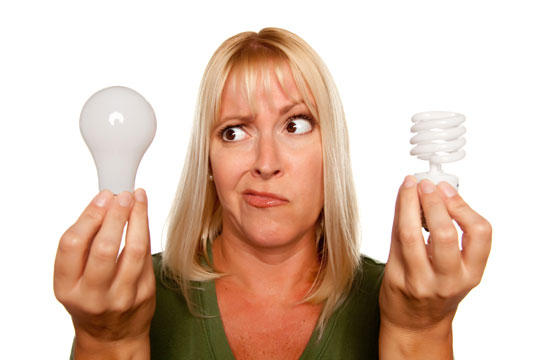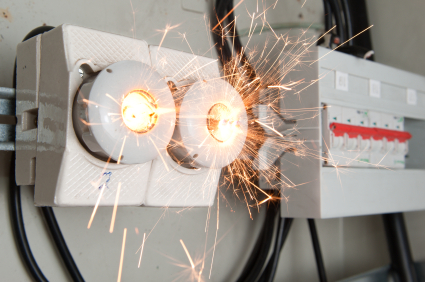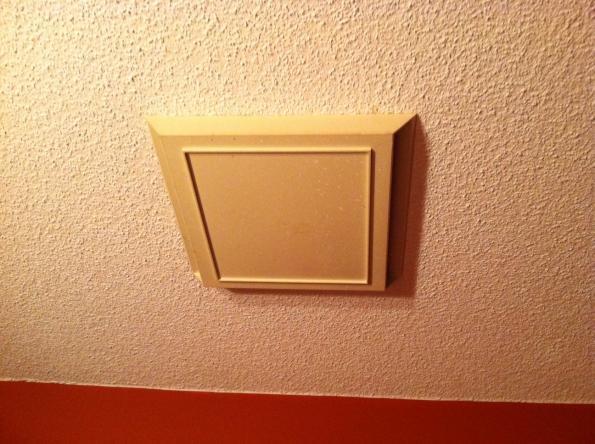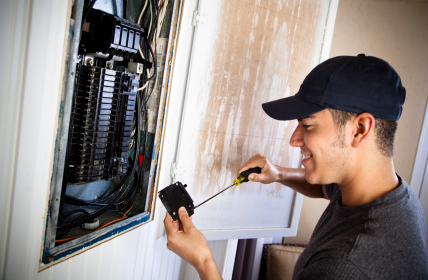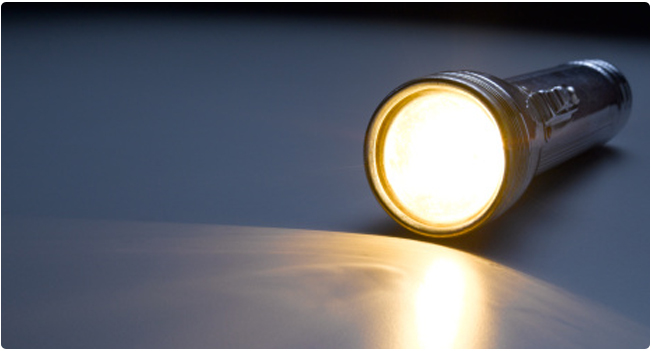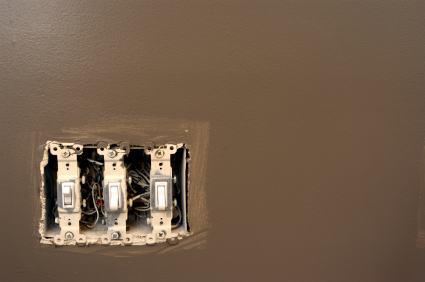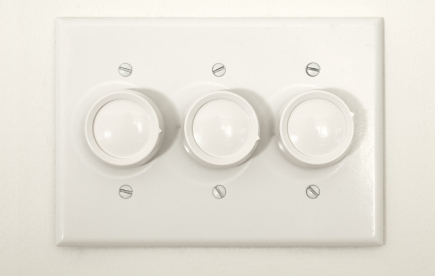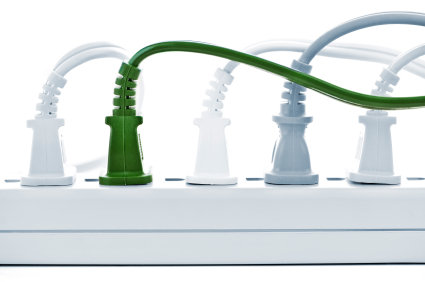Light bulbs have received a lot of attention in the media lately. Most recently, laws indicating which light bulbs are permitted to be manufactured have been a hot topic. You might be wondering, then, what are the benefits of energy saving light bulbs, especially if they will be one of your only options in the future. See for yourself why the benefits outweigh the costs of the bulb.
Prior to their popularity, CFLs — or fluorescent light bulbs — got somewhat of a bad reputation. The critique:
None of these factors are true today. While the most popular type is still the spiral bulb, there are some spirals covered with a smooth, round surface to appear as an incandescent. Energy Star-approved CFLs must perform just as bright as their incandescent counterparts, and many will even operate on a dimmer switch.
Benefits according to the US EPA Energy Star website:
1. One Energy Star-rated light bulb can save up to $30 in energy costs over its lifetime.
2. These bulbs last about 10 times longer than incandescent bulbs.
3. While incandescent bulbs produce substantial heat, energy efficient bulbs do not, which reduces cooling costs.
4. Each Energy Star-rated bulb must adhere to strict regulations in regards to efficiency and performance.
5. They have manufacturer-backed warrantees.
How many light bulbs do you have in your home? Now multiply that number by 30 and you will have approximately the amount of money you are wasting by not going with energy saving bulbs. For those interested in the benefits of energy saving light bulbs on the environment, the EPA addressed that, too.
1. In 2007, Americans saved enough energy by switching bulbs to power the city of Washington DC for 30 years.
2. Put another way, the switch reduced enough greenhouse gasses as if 2 million cars were taken off the road.
Additional Help
If these numbers seem staggering and unbelievable to you, or if you would like to know other ways to reduce your energy costs, it’s best to consult a professional electrician. Check out TalkLocal. We’re experts at connecting consumers with professionals in their area.

